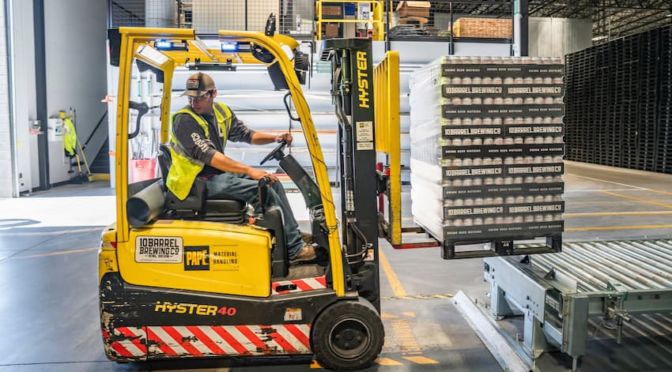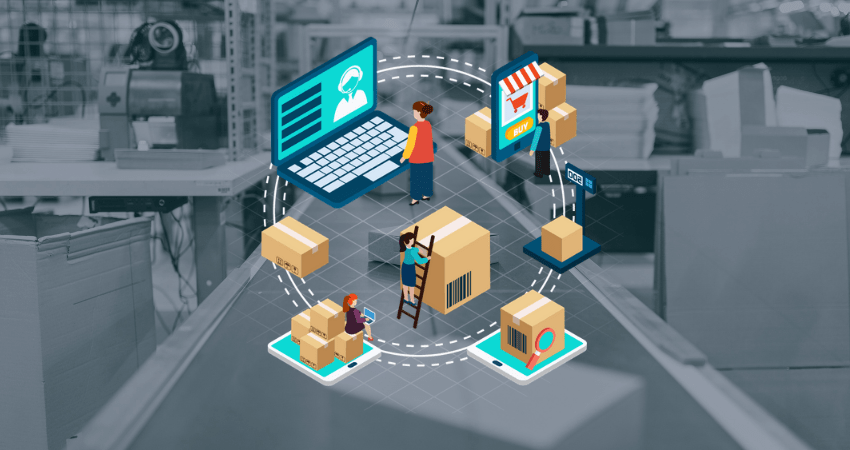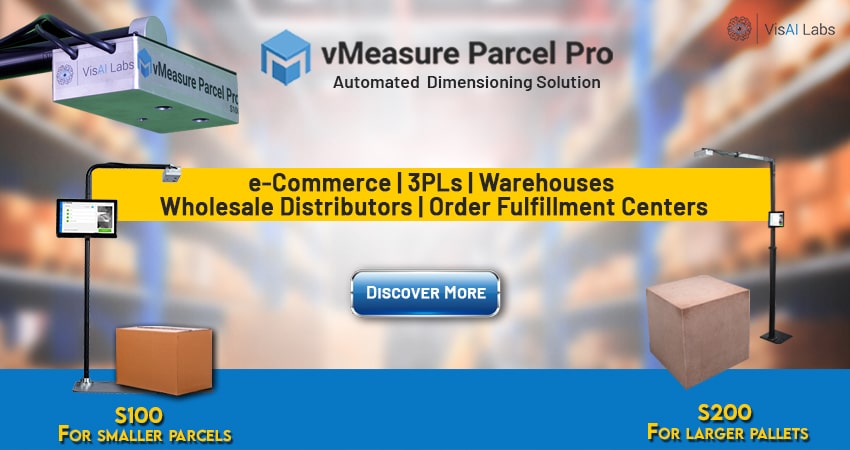Summary
Supply chain management is an essential segment in the eCommerce industry.
Several businesses are adopting warehouse automation to replace the traditional warehouse framework.
By enabling a better supply chain in the warehouse, we can enhance collaboration among the stakeholders, automate the inventory and warehouse process, and produce real-time insight for better decisions.
Through this blog, you get a clear insight into how the automated dimensioning system plays a massive role in the supply chain journey.
Written for:
- Warehouse Automation Manager:
To implement and oversee security operations, ensure effective and safe warehouse equipment utilization.
- Operations Specialist:
Can analyze the business operations, manage the business workflow, and optimizes the day-to-day warehouse activities.
- Business Strategist:
Set up an internal benchmark to achieve the annual goals, manages the workforce. Generates strategic and cost leadership plans for the organization’s development.
Introduction
Why is warehousing crucial for the eCommerce supply chain?
- Inventory management:
With the right inventory management system in place, we can balance customer demands. Good inventory management saves time and money by uplifting ordering quality, performance, and product flow. Effective inventory tracking and monitoring prevent consumers from receiving faulty or defective items.
- Optimizing fulfillment centers:
Permitting a smooth order fulfillment process is the way to win consumers’ success and keep going your competitive edge. It is preferable to have a proper fulfillment model that best suits your company and use relevant data to guide your decisions and interact clearly with your customers.You can do the following things by improving your fulfillment centers:
- Decreased operational cost
- Increase your clientele
- Uplifts the customer service
- Reduced shipping cost
- Risk management:
It is the process of systematically identifying, analyzing, monitoring, and controlling the risks in the working environment. Risk management’s goal in the warehouse is to put an end to primary threats. Centering the fact, risk management aims to avoid problems and minimize losses in the warehouse. Here are a few risk categories that may commonly occur in any warehouse firm: human, natural, chemical disasters, operational errors, customer and utility failures.
- Just-in-time delivery:
Just-in-time delivery may seem to be a fundamental expectation for the customers, but the company struggles with several situations behind the scenes. If you fail to produce a product within the expected delivery period, no matter how successful you are in the warehouse industry, your customer will most likely abandon your brand.
How is the warehouse supply chain changing the landscape for 2022?
How can we track the evolving role of dimensioning in the supply chain journey?
Autonomous Mobile Robots

Drone technology
Automated dimensioning systems
The computer vision-based technology automated dimensioning solution can measure the dimensional information (length, width, breadth, height) of the product in less than a second. These dimensioners are classified into two categories: parcel and pallet dimensioners.
The parcel dimensioners can calibrate the dimensional data of small packages, individual boxes, and cartons. Pallet dimensioners can calculate the DIM weight and dimensional details of large pallets, boxes, and freights. eCommerce warehouses, order fulfillment centers, logistics suppliers, and intra-logistics and distribution centers can benefit from these automated dimensioning solutions.
The parcel dimensioners can calibrate the dimensional data of small packages, individual boxes, and cartons. Pallet dimensioners can calculate the DIM weight and dimensional details of large pallets, boxes, and freights. eCommerce warehouses, order fulfillment centers, logistics suppliers, and intra-logistics and distribution centers can benefit from these automated dimensioning solutions.
- Increased warehouse productivity:
Using automated dimensioners, you can produce real-time dimensional data for your items in less than a second, and this allows you to save a significant amount of time, resulting in increased warehouse efficiency.
- Accurate precision:
automated dimensioning systems can quickly generate exact product dimensional details, reducing pointless shipping costs. In other words, you can use these dimensioners to replace the conventional dimensioning approach and eliminate manual errors.
- Optimized storage and delivery space:
The automated dimensioning solution can help to calculate the exact length, breadth, width, height, and DIM weight of the products to optimize the room space and delivery space in the warehouse for the future-ready process.
- Enhanced customer service:
Customer satisfaction is one of the fundamental measures of business growth. Focusing on the long-term revenue, various small and medium-sized firms improve their customer service processes. By deploying the automated dimensioning systems, we can prevent understocking, enhance order fulfillment, uplift delivery, and generate real-time forecast seasonal demand.
Conclusion
vMeasure Parce Pro - One-stop solution for your warehouse dimensioning needs
To know more, feel free to reach us at sales@visailabs.com



